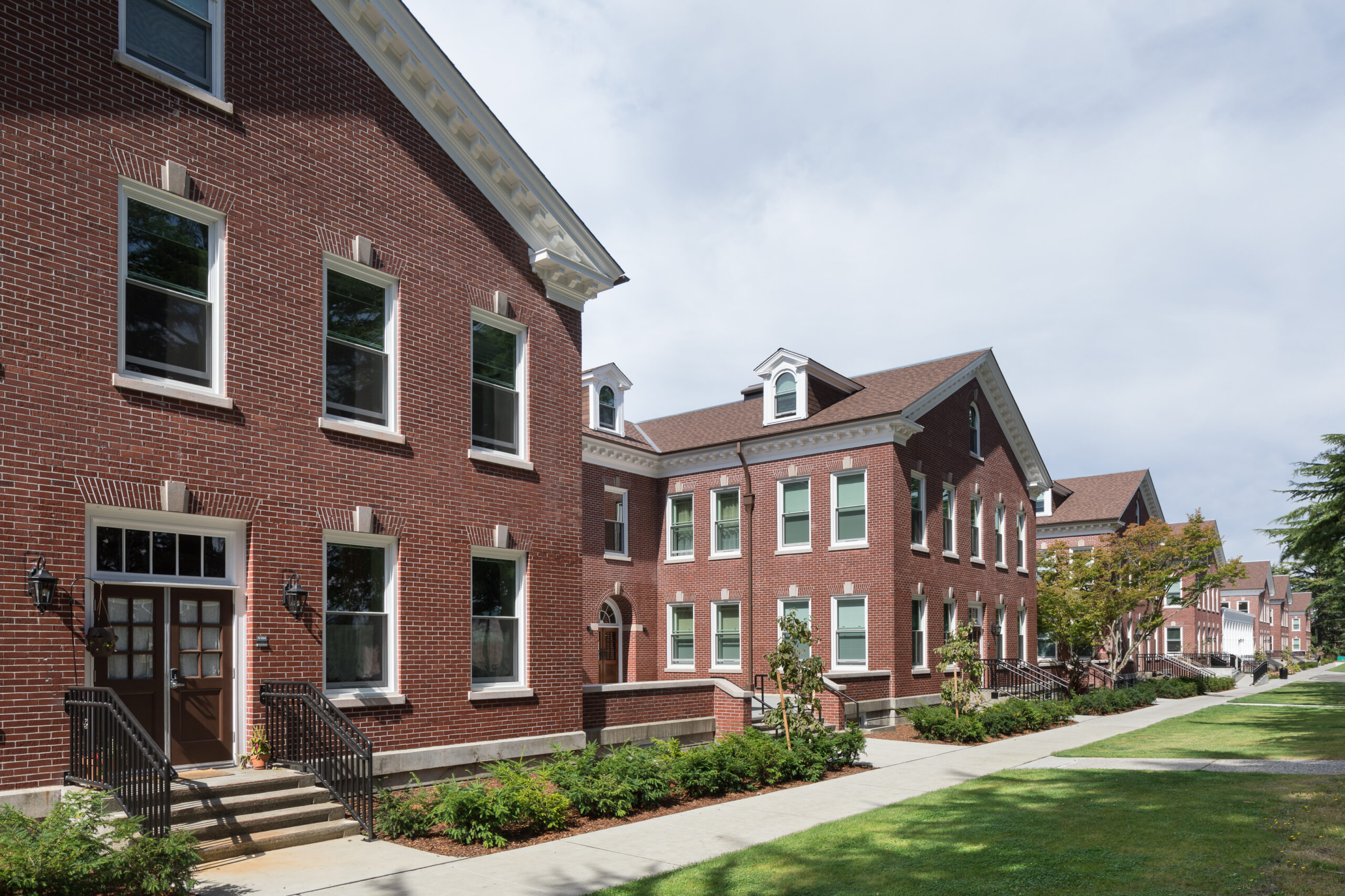The website “HousingHumanRight.org,” funded by AIDS Healthcare Foundation, recently took out ads on Google to top the search result for “YIMBY” – Yes in My Backyard. YIMBY is a response to the “Not in my backyard!” tagline used by homeowners to oppose shelter, multi-family housing, public transportation, or any other “undesirable” land use in their neighborhood. YIMBYs, broadly, support allowing these land uses in neighborhoods currently zoned for only single-family detached houses. Debates on these issues have thrived in cities like San Fransisco where single family houses now go for several million dollars.

The left and tenant organizers in the Bay Area are frequently skeptical about groups that call themselves “YIMBY” due to overlap with self-described “Neoliberals” and Big Tech. The neoliberal YIMBYs are unsupportive of tenant protection policies like rent control that can provide immediate stabilization to an existing community, instead focused technocratically on macroeconomic supply constraints. I won’t delve deeper into the YIMBY debate here – it feels like an exhausting distraction full of bad faith. However, I do think it’s important to look at the solution to the housing crisis now linked to at the top of Google results for the topic.
HousingHumanRight.org addresses the need to house 161,000 Californias experiencing homelessness with an “alternate solution” for expanding supply in contrast to new construction affordable housing: adaptive reuse of “existing unused buildings like motels, offices and commercial space,” converting them into housing. They say this will “house our homeless community faster for less money, saving taxpayer dollars.”

Adaptive reuse has its place, but assuming vacant habitable buildings are a cheap hack that governments have overlooked is laughable.

In the past year, King County, WA bought two motels along Highway 99 to replace the pre-COVID main congregate shelter of DESC, a multi-service non-profit agency. They adaptively reused these 20-year old motels for emergency shelter, with one and two-person rooms. One of the hotels, formerly an Extended Stay America, contains 115 rooms and cost the County $40,476,413. The other, a former Holiday Inn, features 100 rooms and cost the county $17,376,702. Between them, that’s $269,084 per hotel room. These hotel rooms are a stark contrast from the dehumanizing condition of many pre-pandemic shelters. They serve an essential purpose, rapidly getting Seattle’s most vulnerable individuals inside in de-stressed, low infectious risk, and genuinely decent quarters, but they don’t come cheap.
A total of 99 hotel rooms across four buildings are currently publicly listed for sale in San Fransisco. They add up to over $30.4 million, or $307k per room. Zero hotels are currently for sale in Seattle. While hotels may have been hanging on by a thread for the first couple of years of the pandemic, their demand and market value has returned, and purchasing them to convert to permanent supportive housing is neither a cheap nor scalable solution.
How about other forms of adaptive reuse?

Mercy Housing, a secular low-income housing non-profit in Seattle, retrofitted deteriorating surplus Navy barracks at Magnuson Park to 148 apartments. Without any acquisition cost, construction topped $67 million, made possible with federal and state historic preservation incentives for low-income housing. That’s $452k to renovate each one to two-bedroom apartment.
In recent years, roughly 1,000 units of permanent supportive housing (PSH) have opened annually in Seattle. Permanent Supportive Housing is apartments where formerly chronically homeless adults pay 1/3rd of their income (usually ranging from no income to the $841/month Social Security SSI) in rent, and receive on-site case management, medication monitoring, and other services. They’re typically blocky mid-rise apartment buildings that look like any other new construction, mistakenly getting tagged as “gentrification buildings” at times. The City of Seattle estimates that the average total development cost per PSH apartment unit is $332k. Unlike hotel rooms, PSH studios have full kitchens. Purpose-built PSH is cheaper or roughly the same cost as the adaptive reuse discussed above.

Those examples are renovating from one use of residential to another – what about commercial buildings like malls, warehouses, and offices?
Belinda Carr, a construction science YouTuber, made a thorough video examining case studies of adaptively reusing shopping malls. Commercial spaces are built to meet dramatically different needs in egress, windows, shape, and plumbing from housing. As Belinda points out, jackhammering into windowless concrete walls to make them livable isn’t cheap, and major layout changes likely won’t pencil out compared to complete redevelopment.
I don’t want to fully discount adaptive reuse. Most of Seattle’s “first generation” of permanent supportive housing (The Morrison, Lyon, St Charles Hotel, Frye Apartments) follow an adaptive reuse pattern: built as luxury hotels in the early 1900s, they deteriorated into Single Room Occupancy (SRO) Hotels operated by slumlords through the middle of the 20th century, and got saved from demolition by non-profits and the public housing authority in the 70s-90s while substantially overhauled. These historic structures are the backbone of social services and deserve the substantial historic preservation that they’ve gotten. But there isn’t an infinite supply of unrestored buildings to bring in; adaptive reuse is not a silver bullet solution to the housing crisis. It’s something we’ve already been doing, to the insufficient scale that it’s possible.
